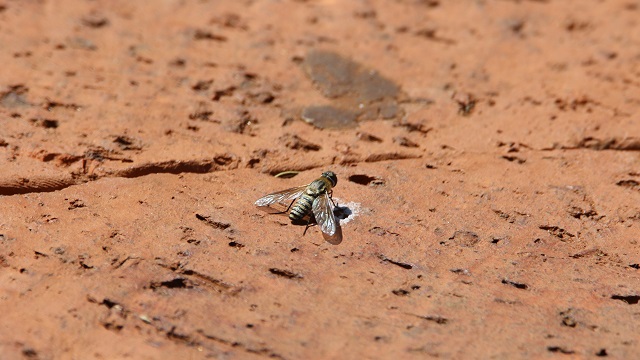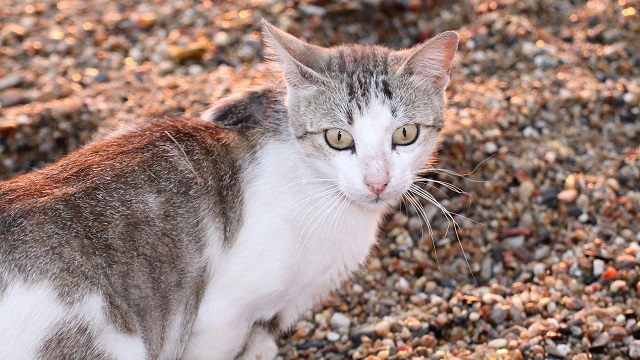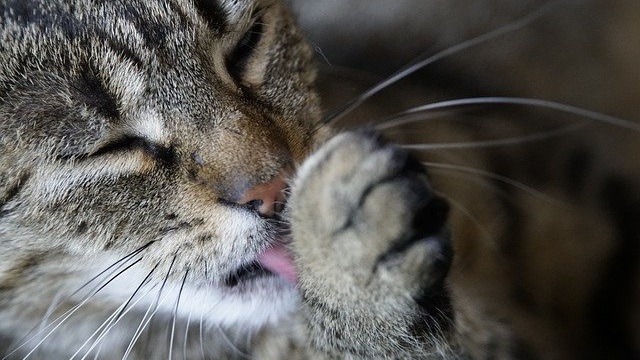There is plenty of information regarding the Leishmaniosis disease, but sometimes it reads like a mess of veterinary jargon with plenty of non-clear advice, which only makes every pet parent confused. To go against this trend, this article consists of brief, to-the-point (and hopefully enlightening) remarks about the matter. The first thing to be aware of is that, even if the dog is the most affected species, cats – and even ourselves – are at risk too.
What is Leishmaniosis all about?

Leishmaniosis is a multisystemic disease with a highly variable spectrum of clinical manifestations (cutaneous and visceral), which may make it difficult for owners to identify it in its early stages. In the great majority of cases, the condition occurs when the parasite Leishmania infantum is transmitted to the dog or cat, through the bite of a specific group of Phlebotomus (sandflies).
The disease is potentially fatal, and our beloved pets are not the only ones at risk – human beings can also get infected when bitten by a sandfly carrying the parasite. At this time, there is no scientific reason to believe that our furry friends may transmit it to us through direct contact, even if there is a bite or scratch. So relax, you can’t get the disease from them!
Other transmission paths have been found in our pets, though: sexually, from blood transfusions and even direct contact (dog to dog). The latter has been reported in the USA, Czech Republic and Germany.
A closer look at the cat’s role

Feline leishmaniosis remains rare, even in areas where the disease is common in dogs. It is therefore believed that cats might be more resistant to the infection than dogs. Still, it is also true that the disease is underdiagnosed because it is unknown to most practitioners and usually masked by concurrent illnesses. In addition, feline medicine is still underdeveloped in many areas when compared to canine medicine.
The main concern lies then in the fact that our feline buddies, when infected, represent an additional reservoir of the disease and therefore, strongly contributing to its spread.
Leishmaniosis is widespread around the globe

Here is the combo of factors that made it possible for Leishmaniosis to spread worldwide along the years:
- It is a major zoonosis endemic in more than 89 countries – it is prevalent in Europe, Africa, Asia and South and Central America.
- Currently it is also a concern in originally non-endemic countries, where imported cases constitute a veterinary and public health problem. In those places, the disease is not found to be endemic in people, but animals can still become infected… By breeding with other infected animals – which were imported from endemic areas – or by wandering in endemic areas without protection against sandfly bites.
- Globalization and environmental changes, such as those caused by deforestation, the building of dams, irrigation schemes, urbanization and climate change, also have an important role as they create a suitable environment for the sandfly to survive and thrive.
- Unfortunately, the disease is still spreading and this present year, the first case was identified in Iceland.
The key point – prevention

Since treatment is unlikely to lead to a sterile cure and animals can recur in months to years after it, prevention measures are the best hope of controlling the disease. It’s even more important among cats, as there’s not even a known successful therapy for them. To worsen the general picture, the prognosis is usually very guarded.
Here are the strategies you ought to follow:

- Apply a long-acting topical specific insecticide appropriate for your dog or cat.
- If living in or travelling to endemic areas, the topical repellent should be maintained during the entire risk period of exposure to sandflies.
- Owners of infected pets should also apply a repellent to their infected pet in order to reduce potential transmissions.
- There are spot-ons and collars specially designed to work as sandfly repellents.
- Combining the use of repellents and vaccination should be considered to achieve an optimal prevention against both infection and development of clinical disease.
- It is advisable to avoid wooded areas and lakes at dawn and dusk, as these are peak activity times for the sandflies.
- Keeping our buddies indoors during night time is also beneficial to reduce the risk of infection.
Look out!! Plenty of dog spot-ons have pyrethroids, which are toxic for cats. Flumethrin collars are licensed and safe to use in cats.
As daunting as the disease might be, being aware of its seriousness and characteristics, will give you the means to adopt the most suitable preventive approach and successfully protect your best friend from the condition. You can always rely on the Findster Care vet team to get more insight on the matter – we are eager to help you anytime 🙂






